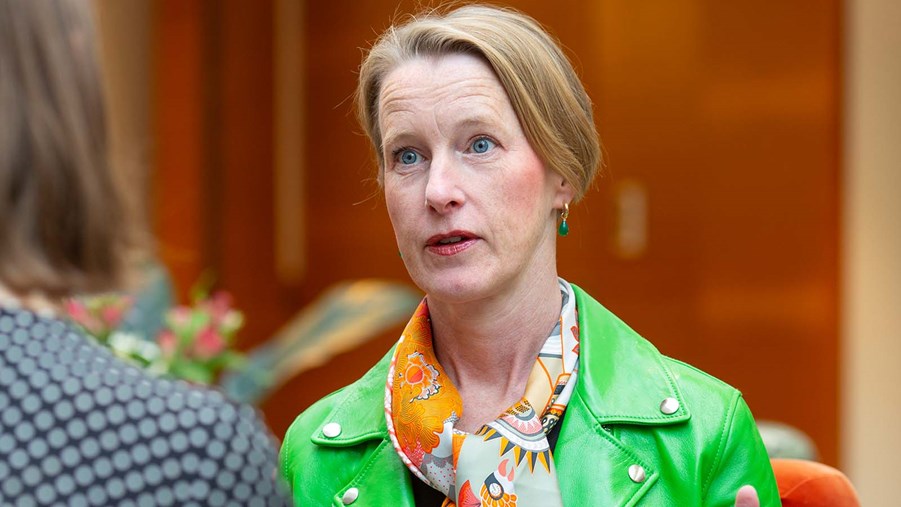
Reducing fossil emissions is key to achieving the EU’s laudably ambitious climate targets, but current EU policies affecting forests risk this fantastic natural resource being underused and likely to hamper progress on emissions reductions argues Swedish Forest Industries Federation Director General, Viveka Beckeman.
“Forests are a fantastic vehicle to achieve the climate targets, but we have to use them to their full potential,” Beckeman says.
Forests in Sweden sequester around 40 million tonnes of CO2 every year – but this is only one side of the benefits they offer.
“Recent EU policies have tended to focus on carbon sequestration rather than seeing the full potential of forests – they’re so much more than carbon sinks. By using raw materials from forests to produce products, many of which are sold on the single market and exported to third countries, we remove fossil emissions equivalent to 55 million tonnes of CO2 a year,” explains Beckeman.
Using forests purely as carbon sinks risks removing incentives for emitters of fossil carbon dioxide to reduce emissions, slowing their transition to more sustainable production and delaying the achievement of the EU’s climate goals as a whole.
The only other way to reduce emissions is to drastically reduce consumption, which may sound good in theory, but would entail the disappearance of commodities that we have become used to and that create wealth.
Grow trees to grow the economy
“I believe that the way forward is to continue to use forests sustainably. We need to be able to grow trees and grow our economies, so that we can continue to generate wealth and create a brighter future for coming generations,” Beckeman argues.
“Managed properly, we can use forests to replace fossil materials and fuels, creating substantial substitution effects,” she adds.
A key characteristic of the Swedish forest industries is the cascading principle, according to which, as much as possible of every tree is used for timber; what cannot be used for timber is used for packaging, hygiene products, and energy.
“We want to take this further by, for example, capturing and using emissions from our mills. With a process known as Carbon Capture Utilisation (CCU), we can capture CO2 and turn it into aviation fuel – a huge double benefit that wouldn’t be possible if we didn’t use forests to their full potential,” Beckeman says.
If EU policy continues in its current direction, more forest land will have to be set aside, leaving less wood available for production, thereby decreasing the number of fossil products we can replace. Rather, we need to be increasing the substitution effect by developing new and innovative products from forests and to do that we need to continue to use the forest as efficiently as possible.
Beckeman encourages the next EU Commission to recognise the value of using renewable materials to their full extent.
“We need legislation that promotes forest and economic growth, encourages the replacement of fossil materials, and spurs investment in technologies such as CCU and bioenergy with carbon capture and storage (BECCS),” Beckeman says.


